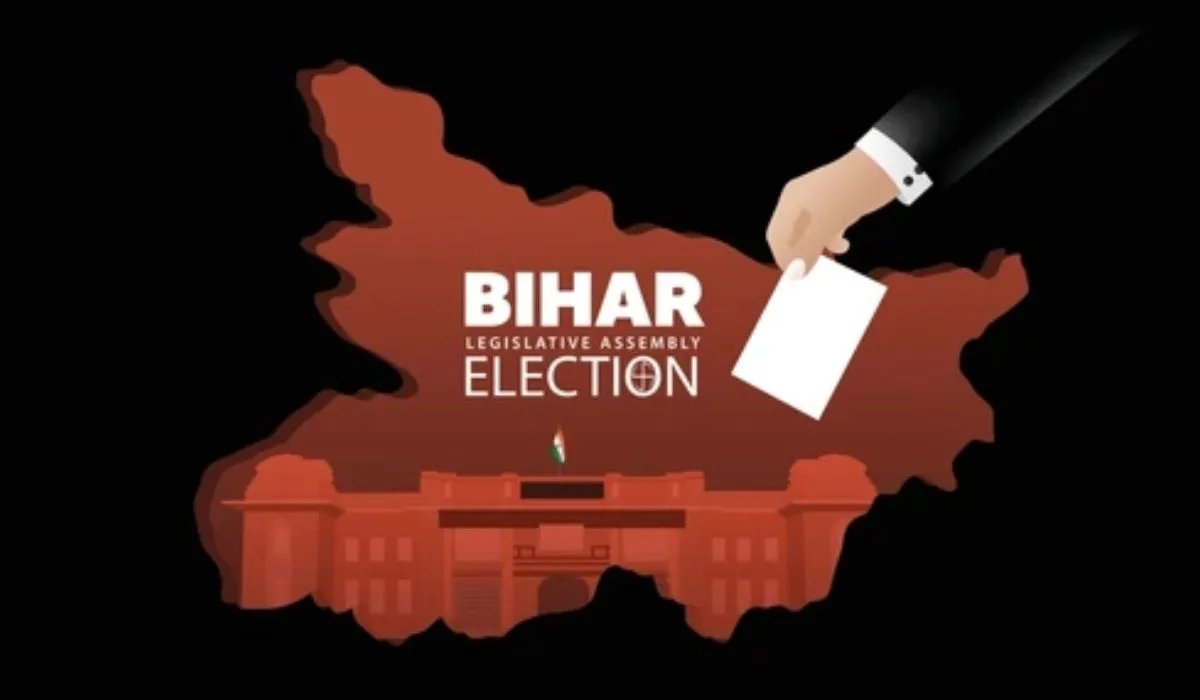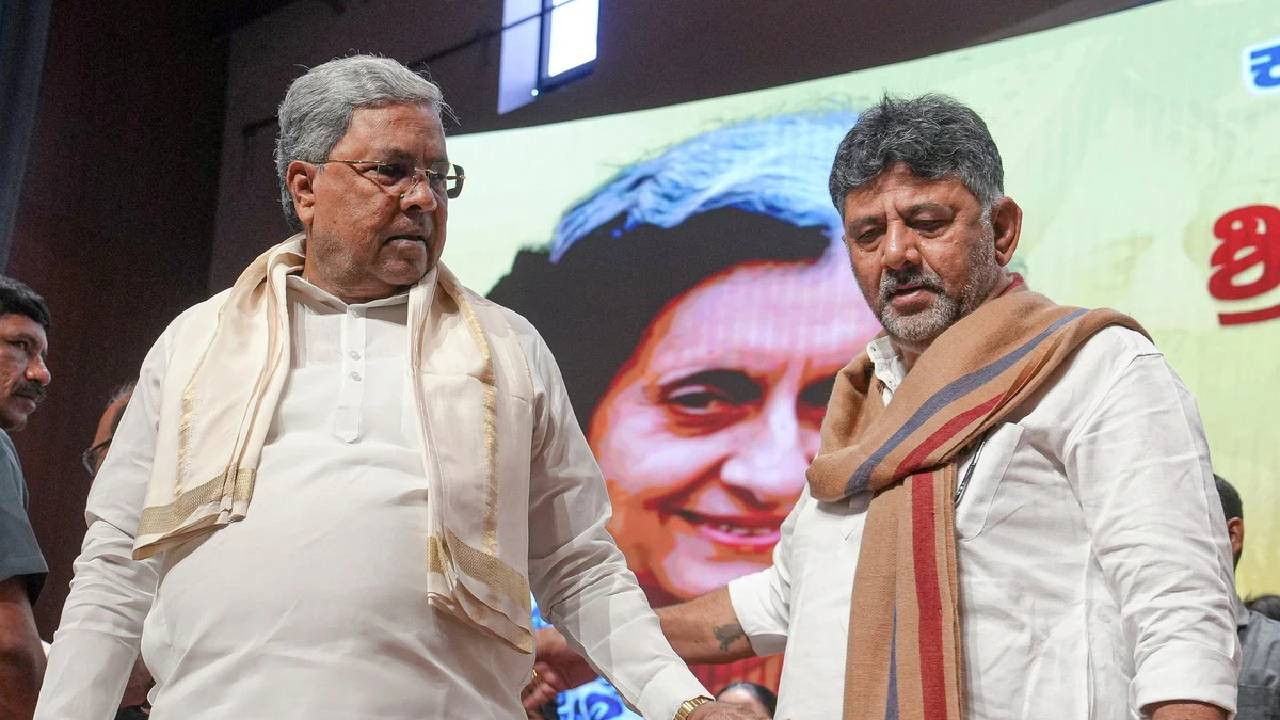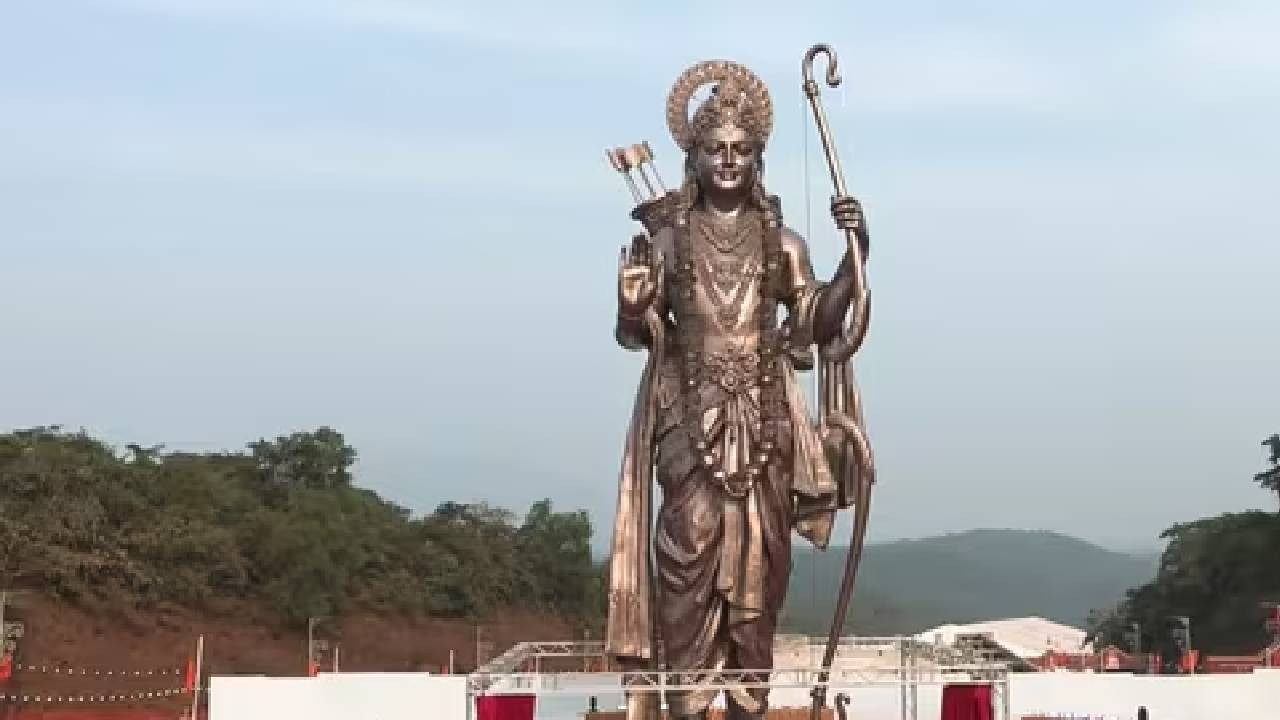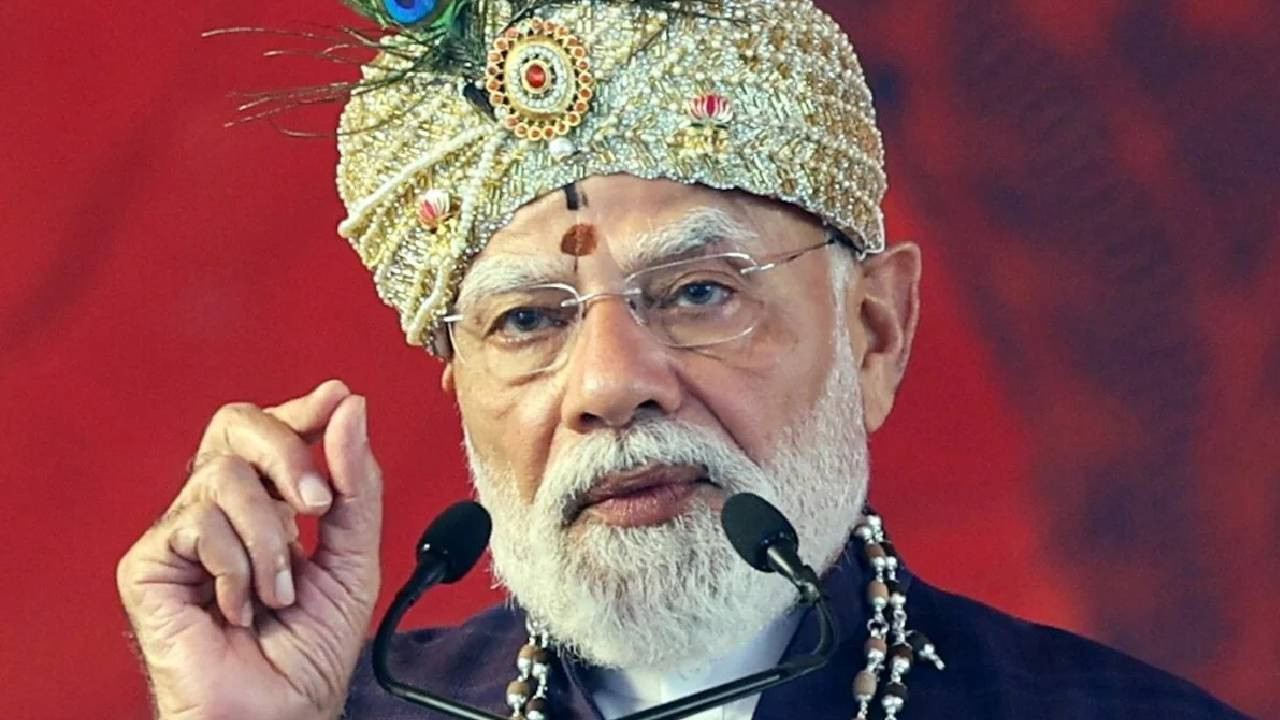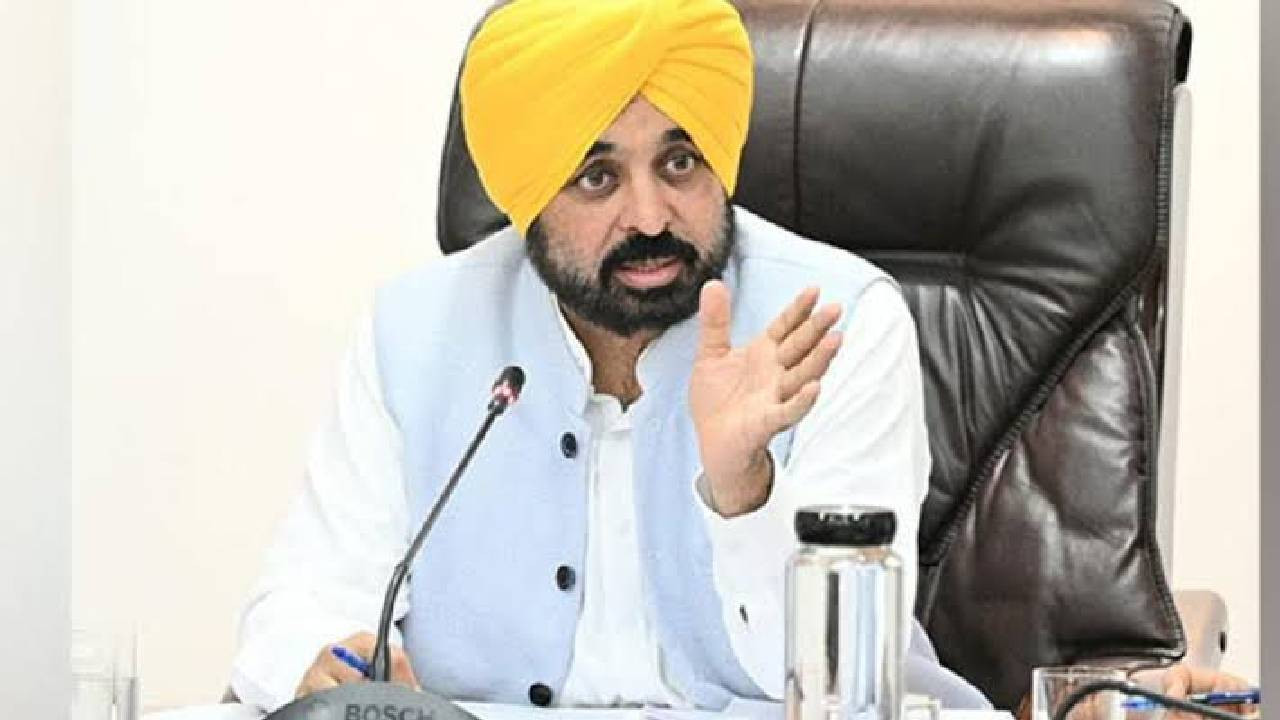The politics of Bihar is a thrilling tale with big transformations, renowned names and significant events. Being one of the most crucial states in India, the elections in Bihar usually inform us of what may occur in the other states. This state has long been a political battleground where various concepts of social justice, development and power have been exercised. Starting at the early independence period to the present days of intricate alliances, the political history of Bihar is an interesting study of democracy in action.
Why Bihar's elections are crucial in India?
The elections in Bihar are of great significance to the state of Bihar and not just to the state within a few reasons. It has 40 Lok Sabha seats and is thus the third-largest representation in the Parliament of India offering it considerable political power in the national politics. Also, the multifaceted social structure of the state, its variations in caste relations and community amalgamation, predestine it to be a place where political strategies are tested and frequently implemented elsewhere.
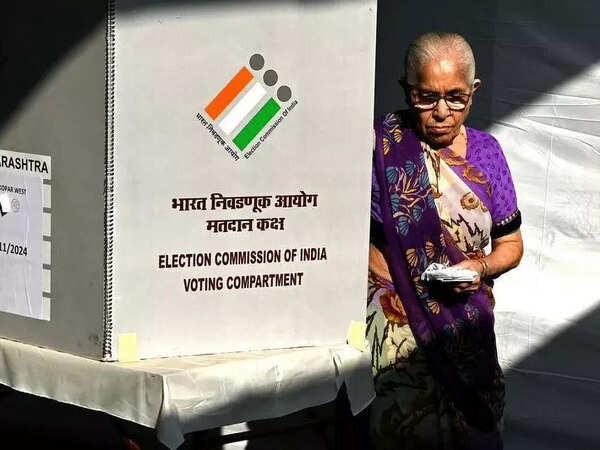
Overview of Bihar's political evolution over the decades
The political career of Bihar has been eminent, as the dominance of upper caste changed to social justice politics during the 1990s, and recently, to more development-oriented approaches. This development is a sign of the shifting ambitions of the people of Bihar and the emphasizing role of the formerly neglected groups.
Key Demographic Groups in Bihar Politics
|
Community Group |
Approximate Share of Population |
Political Significance |
|
Yadavs |
Significant presence |
Relatively unified voting patterns make them decisive in many seats |
|
Kurmis and Koeris |
Significant presence |
Economic influence and social mobility make them politically aspirational |
|
Extremely Backward Classes (EBCs) |
Large collective share |
Collectively large but fragmented; their votes shift and decide close contests |
|
Muslims |
Meaningful minority |
In high-share seats they can determine results; often vote as a bloc |
|
Upper Castes |
Smaller numerical share |
Local sway, financial resources, and organisational networks |
Turning Point 1 – The First General Election in Bihar (1952)
Key leaders and parties involved
Bihar was the first state to hold the first general election in the independent India in 1952. This first Elections contest was dominated by the Indian national congress, which had been leading the freedom struggle. The party was supported by a wide range of voters but especially by upper-caste voters and parts of the peasantry that regarded the party as the natural party of government.
Impact on the political structure of the state
The early elections spawned a culture of Congress superiority that would be experienced over decades in Bihar. But they also prepared the conditions of future changes, because they opened up the democratic competition to the society with strong social and economic inequalities. Political consciousness created by these initial competitions would later cause confrontation with the status quo.
Turning Point 2 – Rise of Regional Parties in the 1970s and 1980s
Emergence of Janata Party and Lok Dal
The 70s and 80s saw a radical shift in the politics of Bihar as the dominance of the Congress became less and less significant and regional parties and movements gained prominence. Three changes disrupted the old trend: the university campuses and rural networks spread socialist ideas; the Jayaprakash Narayan of the 1970s, which multiplied the youth opposition to the authoritarian politics, and the early reservation policies of such leaders as Karpoori Thakur.
The JP movement gave rise to the Janata Party which provided the first major threat to congress hegemony in the state. Then came the emergence of the Lok Dal and other regional organizations which provided political voice of backward castes and other marginalized groups.
Turning Point 3 – Lalu Prasad Yadav Era and Mandal Politics (1990s)
Implementation of caste-based reservations and social justice
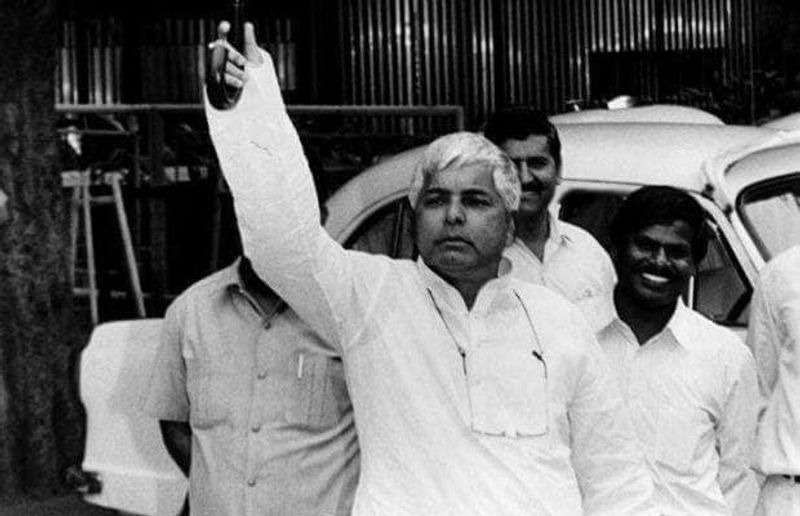
The 1990s was one of the most dramatic changes in the political history of Bihar as Lalu Prasad Yadav rose to the scene and the Mandal Commission recommendations were put into practice. The Mandal Commission, suggesting OBC reservations in government jobs, was a potent symbol and a useful instrument towards the empowerment of backward caste. This was the time of the full blossoming of Mandal politics that was to reshape the political landscape of Bihar in decades to come.
Consolidation of power and impact on Elections outcomes
The Lalu administration marked a total reversal of the conventional power system in Bihar. Backward casts, especially Yadavs, were in the centre stage of political power and not peripheral actors as before. This change had far-reaching consequences on the administration of the state, priorities in its policy and political culture. It was the period of the politics of dignity that frequently sacrificed the administrative efficiency and development.
Recomended to read :- Top 5 Key Issues Shaping Bihar Voter Priorities in 2025
Turning Point 4 – Nitish Kumar's Leadership and Development Politics (2005–2015)
The focus on governance, law, and infrastructure
By the early 2000s, the RJD had become weary of its style of governance, and this presented an opportunity of a new form of politics. The same socialist tradition produced an interesting alternative, as put forward by Nitish Kumar: development and social justice. His strength lay on a promise that leaders of the backward caste could not only seize power, but also rule efficiently offering basic services and development.
The government led by Nitish Kumar was more concerned with the reinstatement of law and order, development of infrastructures and the provision of specific welfare initiatives, especially to women and the most marginalized groups. The style of his approach marked a shift to a more governance minded approach compared to the symbolic politics of the earlier times. This involved special programs such as the Jeevika program and half reservation of women during panchayat elections which especially attracted women voters.
Shifts in voter behaviour and coalition politics
This era of Nitish Kumar witnessed major shifts in the voting habits especially among women and extremely backward classes (EBCs). With one analysis saying that, the female voter turnout was better than the male turnout in the third successive assembly election, this shows an increasing political engagement of women and their sensitivity to governance-related appeals. Kumar also managed to create a wider social coalition which consisted of not only his own Kurmi community, Kooris, but also much of EBCs and some of the higher castes.
Turning Point 5 – The 2020s and Emerging Political Trends
The role of new parties and alliances
The last decade has brought about new trends in the political arena of Bihar making it a more complicated and volatile issue. Jan Suraaj party is the biggest new political party that could upset the traditional bipolar contest between the NDA and Mahagathbandhan. Although his party was not convincing in the by polls, and candidates lost deposits in all but one seat, Kishor has pointed out that his party received 10% of the total votes polled in the four seats.
The other notable trend has been growing division of the political scene with smaller parties such as AIMIM securing seats in certain areas. Political alliances have also become very volatile, with the movement of Nitish Kumar between camps an icon of such volatility. These Bihar CM swings which are referred to by Nitish Kumar as according to one opinion poll, have cost him credibility and popularity.
Influence of youth, social media, and urban voters
The recent elections demonstrated the increasing impact of such new factors as the youth voters, the social media campaigns and the urban middle-income priorities. It was shown in surveys that younger voters seem to be more decisive compared to older voters, and first-time and young voter outreach may be essential. These voters usually focus on other issues- especially employment, education and governance, unlike the traditional voters.
There was a significant part of the Bihar election history that taught important lessons.
Key Lessons From Bihar's Election History
How caste, development, and alliances shape results?
The history of Election politics in Bihar provides some important lessons concerning the defining feature of what constitutes political success in one of the most complex states in India. First, the basic building block of Elections politics is caste arithmetic, and successful parties are particularly attentive to building social coalitions across a variety of communities. One analysis defines it as having parties winning by creating coalitions spanning across multiple groups. That is why the choice of candidates, local coalition and specific benefits are so important" .
Second, the issue of development governance has gained a different level of prominence especially among women voters and the younger generation. The Nitish Kumar period proved that identity based politics can only go so far and that the voters particularly those who have had an experience of basic governance are becoming more and more demanding of both dignity and development. According to recent polls, problems such as "unemployment and migration take center stage of voter issues with 38.4% of them stating it as their leading issue.
Conclusion – Bihar's Elections as a Mirror of Indian Democracy
Summarizing the 5 turning points
The Elections history of Bihar, with these five keys turning points, is a wealth of information about the development of the Indian democracy itself. Through the power of the Congress in the early years, the social justice revolution of the 1990s, and the change to the disjointed diversity of today, each of these periods has exemplified the national trends but also contributed to them.
All of these turning points are pieces of a bigger story, that democracy is becoming established in a heavily stratified society, slowly giving previously marginalized groups some power, but introducing fresh tensions and challenges. This movement between upper-caste dominance and OBC claim to the modern variant of multilayered caste, governance and emerging problems such as youth unemployment is one of the most important political changes in independent India.



